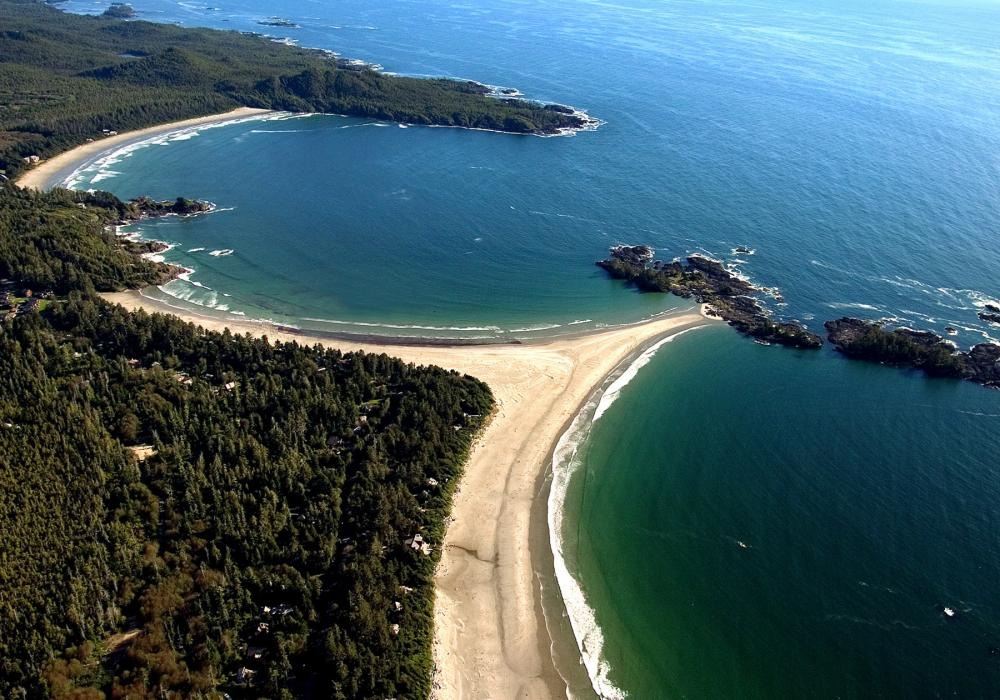Chapter 13 Oceans and Coastal Environments

Most people love shorelines. They love panoramic ocean views, they love sandy beaches on crystal-clear lakes, they love to swim and surf and go out in boats, and they love watching giant waves crash onto rocky shores. While an understanding of coastal processes isn’t necessary for our enjoyment of coastal regions, it can make our time there much more interesting. But an understanding of coastal processes is critical to people who live near a coast, or those who like to spend a lot of time there, because in order to be safe and avoid damage to infrastructure, we need to know how coastal processes work. We also need to understand the processes in order to avoid some of the possible consequences of changes that we might like to make in coastal areas.
Learning Objectives
- Summarize the factors that control wave formation and the important features of waves
- Explain how water is disturbed beneath a wave, and how that affects the behavior of waves as they approach the shore
- Describe the origins of coastal currents
- Explain why some coasts are more affected by erosion than others and describe the formation of coastal erosional features, including stacks, arches, cliffs, and wave-cut platforms
- Summarize the origins of beaches, spits, bay mouth bars, tombolos, and barrier islands
- Describe the origins of carbonate reefs
- Explain the various mechanisms of sea-level change (eustatic, isostatic, and tectonic) and the implications for coastal processes
- Compare the positive and negative implications of human interference with coastal processes

